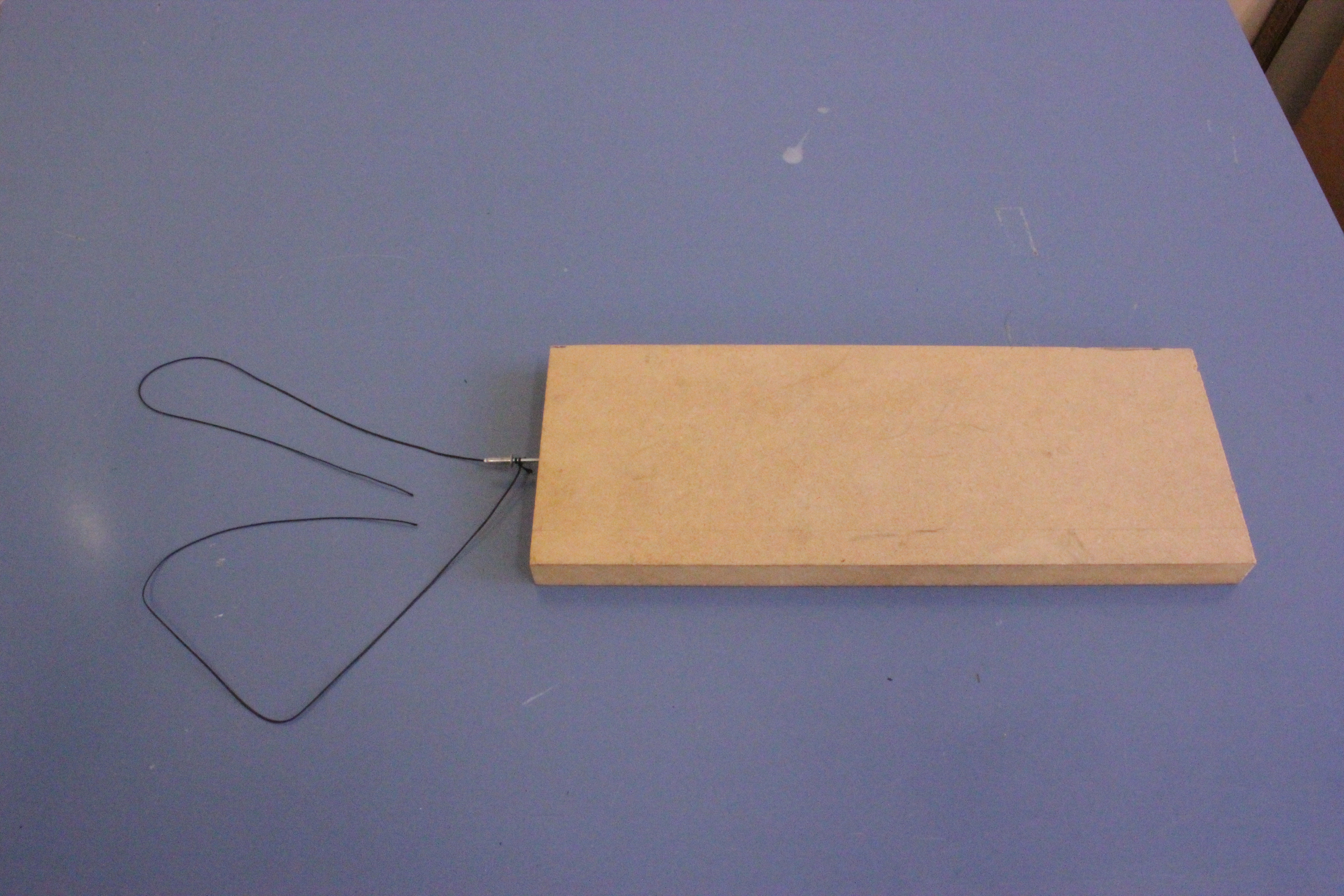Block pull : Différence entre versions
| Ligne 4 : | Ligne 4 : | ||
==Description== | ==Description== | ||
| − | Pull a wooden block using a string. | + | Pull a wooden block using a string. A minimal force proportional to the static friction coefficient is required to make the block move. This coefficient only depends on the surfaces, not the area of contact or the normal force. |
==Equipment== | ==Equipment== | ||
*block and string | *block and string | ||
| + | *spring scale | ||
| + | *masses | ||
| + | *optional: different surfaces taped to the table (paper, fabric, wood plank, etc.) | ||
| + | *optional: protractor | ||
==Instructions== | ==Instructions== | ||
| − | Pull the block using the string. | + | Pull the block using the string attached the the spring scale. Note the tension at which motion starts and then tension required to maintain motion. Change the orientation of the block, changing the surface area, and repeat. Add masses and repeat; the tension readings should proportional to the masses. Different surfaces can produce different result. Different angle between the surface and the string will produce different result. |
| + | |||
==Keywords== | ==Keywords== | ||
| − | block, string, pull | + | block, string, pull, friction |
==Images & Movies== | ==Images & Movies== | ||
Version actuelle datée du 17 août 2017 à 15:36
Back to 1K - Applications of Newton's Law
PIRA index: 1K20.30
Description
Pull a wooden block using a string. A minimal force proportional to the static friction coefficient is required to make the block move. This coefficient only depends on the surfaces, not the area of contact or the normal force.
Equipment
- block and string
- spring scale
- masses
- optional: different surfaces taped to the table (paper, fabric, wood plank, etc.)
- optional: protractor
Instructions
Pull the block using the string attached the the spring scale. Note the tension at which motion starts and then tension required to maintain motion. Change the orientation of the block, changing the surface area, and repeat. Add masses and repeat; the tension readings should proportional to the masses. Different surfaces can produce different result. Different angle between the surface and the string will produce different result.
Keywords
block, string, pull, friction
Images & Movies
